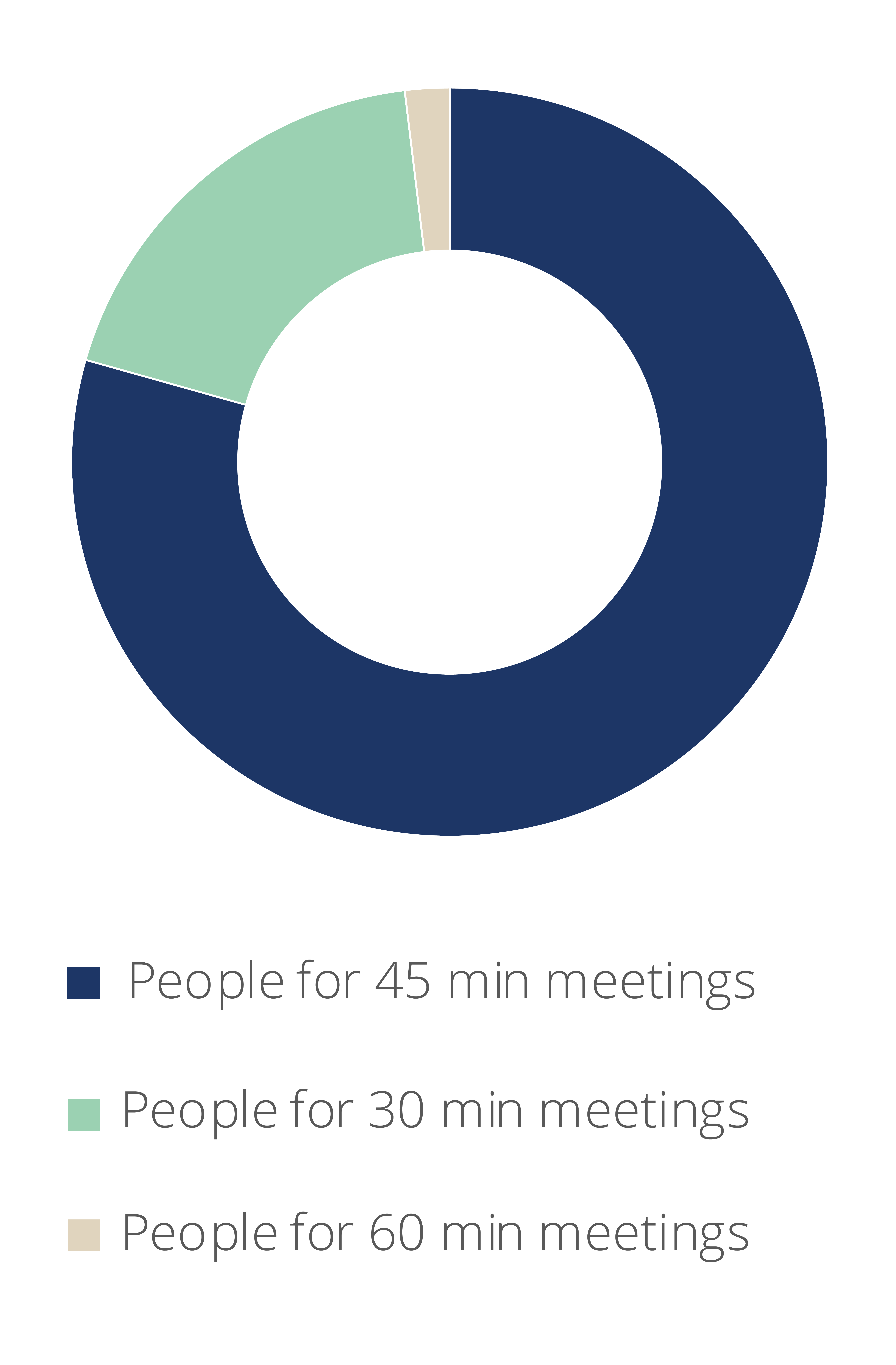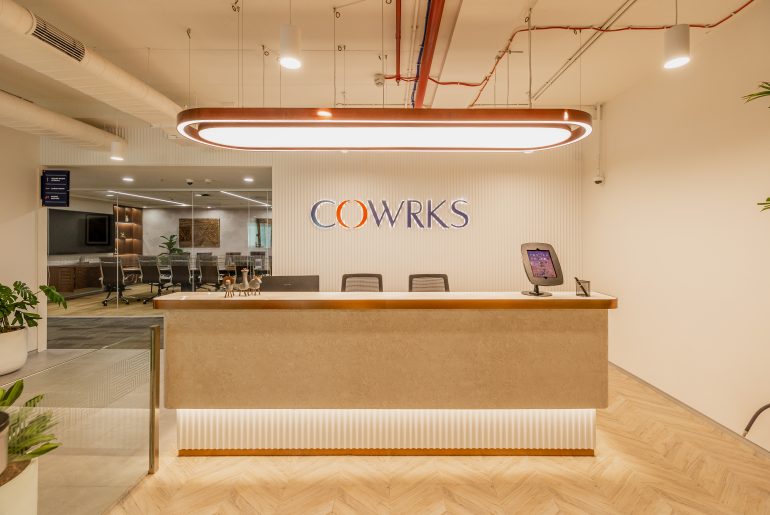We recently ran a survey on our Twitter and Instagram pages on what the ideal time of a meeting should be in order to achieve maximum productivity. Here are the results of the survey.

A whopping 80% of our survey respondents suggested 30-minute meetings over 1-hour meetings. Some of the respondents were from our employee member base, and we have noticed that our meetings seldom wrap up in 30 minutes.
Interestingly, on the contrary, we experienced that quite a few meetings in several companies, including ours, went well beyond 30 minutes. So, we decided to put our survey results to test. We asked a few teams, both internal and members, to volunteer and hold 30-minute meetings to gauge if shorter meetings indeed end up being more productive or not.
After running the experiment for a couple of weeks, here’s the feedback we obtained from our volunteer teams (quotes with minor editions):
“To sum it up, while we successfully conducted a meeting that was precisely 30 minutes, the outcome was not as expected. We had to plan a follow-up discussion to the ambitious 30-minute meeting.”
Sathyaseelan, Senior Manager, Development, COWRKS
From our community executive, Ruzbeh.
“The meeting was for a shoot recce. I asked the client what was he looking for; so I could show those specific areas to them. I prepared the points I would be discussing with the client such as if they would need parking, if they are getting their generator van or would they use our electricity, time of the shoot and which areas were available at what time.So, I made sure I clearly understood the need of the meeting. Rather than going around and showing multiple areas, I was aware of what they were looking for; so it was much easier for me to close the deal as I was prepared with all that we had to offer according to their needs.”
RUZBEH, COMMUNITY MANAGER, COWRKS
Here is what Akshay Rao, our in-house senior executive, Strategy, had to say.
“We had a meeting with our founder to review a floor-plan. For this, the points to be brainstormed were clearly laid out and the material for review were laid out beforehand. The design team had the relevant floorplans ready & loaded, and discussion points were prepared and circulated.
akshay rao, strategy, cowrks
The meeting was quite productive. With our founder spearheading it, everything stayed on-topic and concise. We didn’t manage to complete the discussion within 30 mins, but we covered all key topics within that window.”
Are 30-minute meetings productive?
Considering the feedback from these meetings, one question remained. Is the 30-minute format more productive as opposed to 1-1.5 hour-long meetings?
According to a blog by Daniel Russell, the founder of Attentiv, a time and meeting management platform, the most common meeting length in American organizations is in the range of 30-75 minutes. Interestingly enough, a significant percentage of the staff opine that almost 1/3rd of the time spent in meetings is unproductive. The most common complaints about lengthy meetings are that they don’t result in any tangible outcome and that participants are often ill-prepared. Daniel also found that the average salary cost of a meeting is about USD 338. This means that the organisation is incurring a significant cost on unproductive meetings.
Some companies have understood this discontent and tried to experiment with 30-minute meetings and have taken up meaty issues to tackle in these meetings – and this process has worked in their favour.
According to a recent post by Peter Bregman, CEO of Bregman Partners on Harvard Business Review, 30-minute meetings are definitely productive. Here’s why:
- Participants are likely to show up on time and less likely to skip the meetings.
- They come prepared in order to cover more within the given time frame. Limited time also minimizes distractions, which helps the participants stay focused on the topic at hand.
- On completing the meeting, managers involved tend to leave with a sense of resolving the issues at hand.
Is there a downside to these 30-minute meetings? For starters, not all meetings may end up in decision-making. However, difficult subjects and discussions can be tabled and continued to be tackled offline, with a resolution being presented in the following 30-minute meeting.
The 30-minute format may also be difficult to adopt at first. However, once adopted, the format can save valuable time and be more fruitful than long-drawn meetings.
So, how do you make your 30-minute meetings more productive?
There are a few things you can do to make these 30-minute meetings more productive:
- Limit the number of topics you discuss so that you can focus on what’s important. This will require you to prioritize and prevent conversations from being derailed.
- If your meetings involve presentations, set it up before your audience arrives so that you can start on time. Looking for a fully-equipped meeting room in a prime business location? Click here.
- Prepare yourself for what you want to discuss during the meeting beforehand and inform the participants to do the same.
- Start the meeting on time irrespective of who is there and who isn’t.
- Commit the last five minutes of the meeting to understand the important points of the discussion, what you learned, what the next action points will be and how you will assess the success of the meeting.
In conclusion
If a 30-minute meeting hasn’t been the norm in your organisation, do not expect it to be an immediate success. No new habit can be perfected overnight. It takes time, a change in people’s mindset and behaviour to make these meetings successful. However, keeping the meeting focused can contribute significantly to both cost and time savings for your company. And a 30-minute format is a good place to start with.
Have you already tried the 30-minute meeting format in your organisation? Go ahead and share your experience and inputs with us here.







